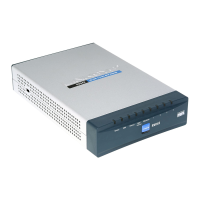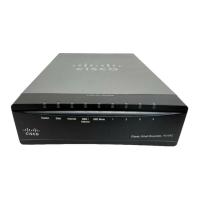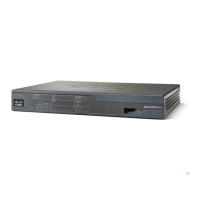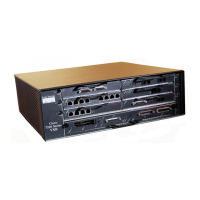Hardware Alarms
Hardware alarms on the vEdge 2000 router are predefined and are triggered by a physical condition on the
router such as a power supply failure, excessive component temperature, or fan failure. The vEdge 2000 router
triggers the following types of hardware alarms:
• Main board temperature alarm—The main board of the router has four temperature sensing points (board
sensor 1 through 4). If the temperature of the sensor location crosses the predefined threshold level, the
system triggers an alarm.
• CPU and DRAM temperature alarm—If the temperature of the system CPU or of the DRAM modules
crosses the predefined threshold level, the system triggers an alarm.
• PIM temperature alarm—If the temperature of the PIM modules crosses the predefined threshold level,
the system triggers an alarm.
• Fan alarm—The router has modular fan trays for system cooling. The Viptela software maintains the
fans at an optimal fan speed, raising the speed as the ambient temperature increases and decreasing the
speed as the temperature decreases, to keep the router operating at the lowest possible temperature in the
green temperature threshold. If a fan stops running, the system triggers an alarm. Also if a fan starts to
run below a predefined RPM threshold, the system triggers an alarm.
• Power supply alarm—The router has two power supplies for redundancy reasons. If one of the power
supplies is not plugged in or there is a failure on a power supply input, the system triggers an alarm
Table 1 lists the yellow and red alarm threshold for the nine temperature sensing points in the system—four
board sensors spread across the board, one CPU junction temperature sensor, two DRAM temperature sensors,
and two PIM temperature sensors. The lower threshold value (Bad Fan) applies if a fan failure condition is
also detected; otherwise the higher threshold value applies (normal).
Table 71:
Red Alarm (degrees
C)
Yellow Alarm (degrees
C)
Item
Bad FanNormalBad FanNormal
75806065Chassis board sensor1
75806065Chassis board sensor2
75806065Chassis board sensor3
75806065Chassis board sensor4
951008085CPU junction
temperature
75806065DRAM DIMM 0
75806065DRAM DIMM 1
75806065PIM 0
75806065PIM 1
Hardware Installation Guide for vEdge Routers
204
vEdge 2000 Router
Maintenance and Troubleshooting

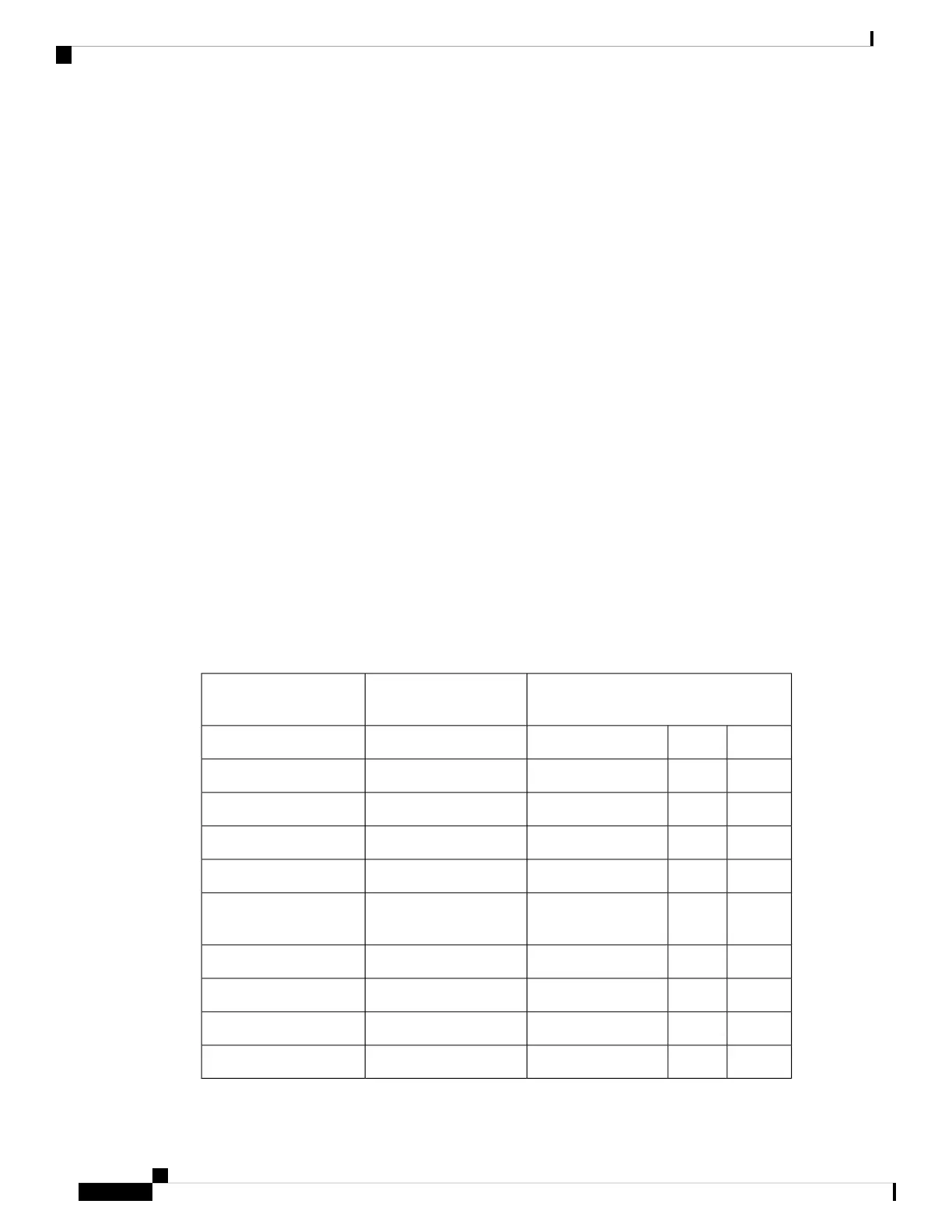